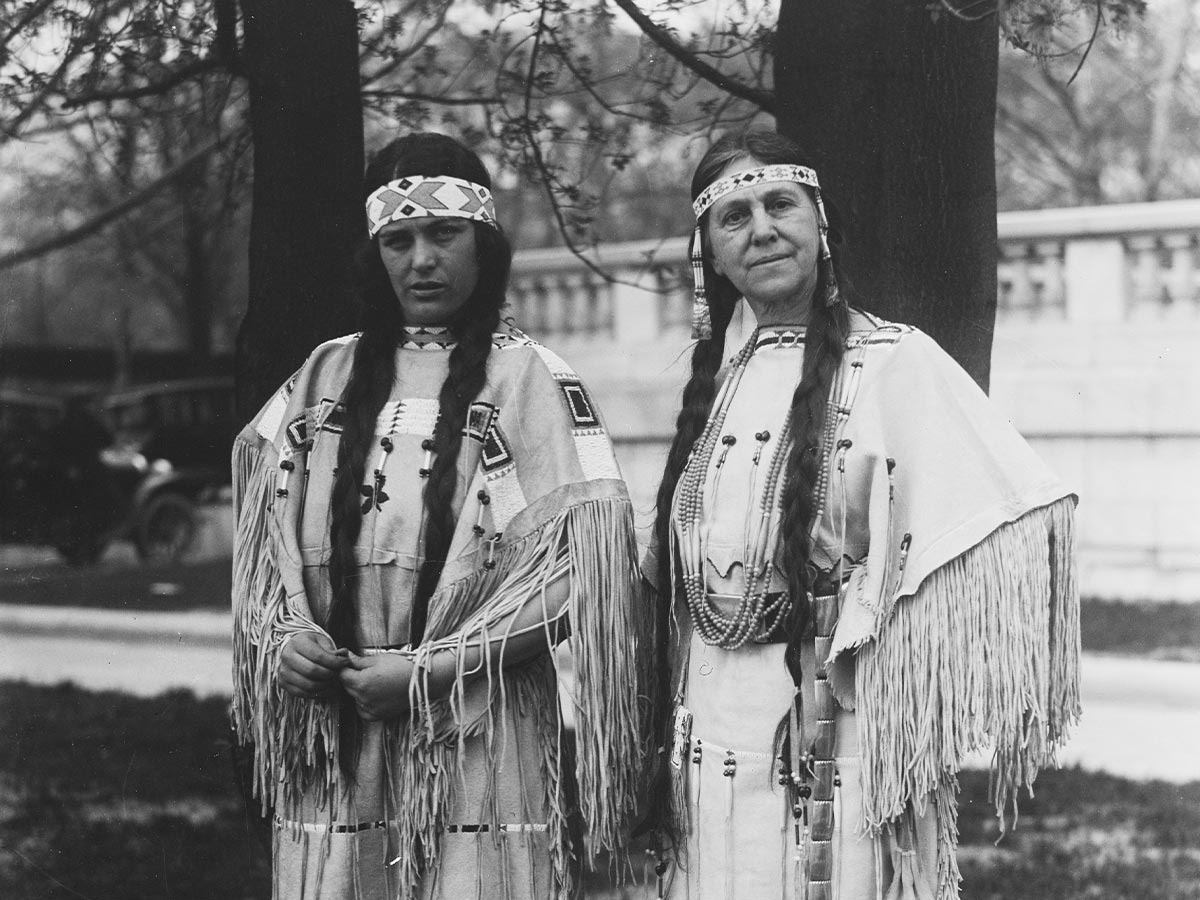February 3, 1870: Black Men Granted the Right to Vote

On February 3, 1870, the 15th Amendment to the U.S. Constitution was ratified, marking a significant milestone in American history. This amendment granted Black men the right to vote, stating that the right to vote could not be denied based on "race, color, or previous condition of servitude."
This was a crucial step forward following the Civil War, as it aimed to enfranchise formerly enslaved African Americans. However, despite this legal victory, many Black men still faced significant barriers to voting, including discriminatory practices like literacy tests, poll taxes, and intimidation, which persisted for nearly a century.
August 18, 1920: Women Get the Right to Vote

On August 18, 1920, the 19th Amendment to the U.S. Constitution was ratified, granting women the right to vote after decades of activism by the women’s suffrage movement. This amendment marked a pivotal moment in the fight for gender equality in the United States, ensuring that voting rights could not be denied or abridged on the basis of gender.
The passage of the 19th Amendment was the result of tireless efforts by suffragists who organized, protested, and lobbied for change. Although this milestone was a major victory, it primarily benefited white women, as many women of color faced voting restrictions.
June 2, 1924: Native Americans Granted the Right to Vote

On June 2, 1924, the Indian Citizenship Act was signed into law, granting U.S. citizenship and, consequently, the right to vote to all Native Americans born in the United States. Before this act, many Native Americans were not considered citizens of the country and, therefore, could not vote. Although the law was a significant step forward, it did not immediately eliminate voting barriers for Native Americans.
States still imposed restrictions that barred some Native Americans from voting for decades. The Indian Citizenship Act represented progress, but it was just the beginning of the ongoing struggle for full voting rights and representation for Native peoples.
December 17, 1943: Chinese Exclusion Act Ends

In 1943, Congress repealed the Chinese Exclusion Act, a law that had barred Chinese immigrants from becoming U.S. citizens and, by extension, from voting. Enacted in 1882, the Chinese Exclusion Act was the first significant law restricting immigration to the United States based on nationality.
Its repeal during WWII was partly influenced by China’s status as a U.S. ally. Although the repeal allowed Chinese immigrants to become naturalized citizens and gain the right to vote, it was limited by low immigration quotas and did not immediately end racial discrimination or barriers to voting faced by Asian Americans.
August 6, 1965: Voting Rights Act

On August 6, 1965, President Lyndon B. Johnson signed the Voting Rights Act into law, a landmark piece of civil rights legislation aimed at overcoming legal barriers that prevented African Americans from exercising their right to vote. The Act targeted discriminatory practices like literacy tests, poll taxes, and other tactics used primarily in Southern states to disenfranchise Black voters.
The Voting Rights Act authorized federal oversight of voter registration in areas with a history of discrimination and provided legal recourse for those whose rights were violated. This law was a crucial step in the struggle for racial equality and expanded democratic participation across the United States.
 Author
James Stephens
Last Updated: December 18, 2024
Author
James Stephens
Last Updated: December 18, 2024